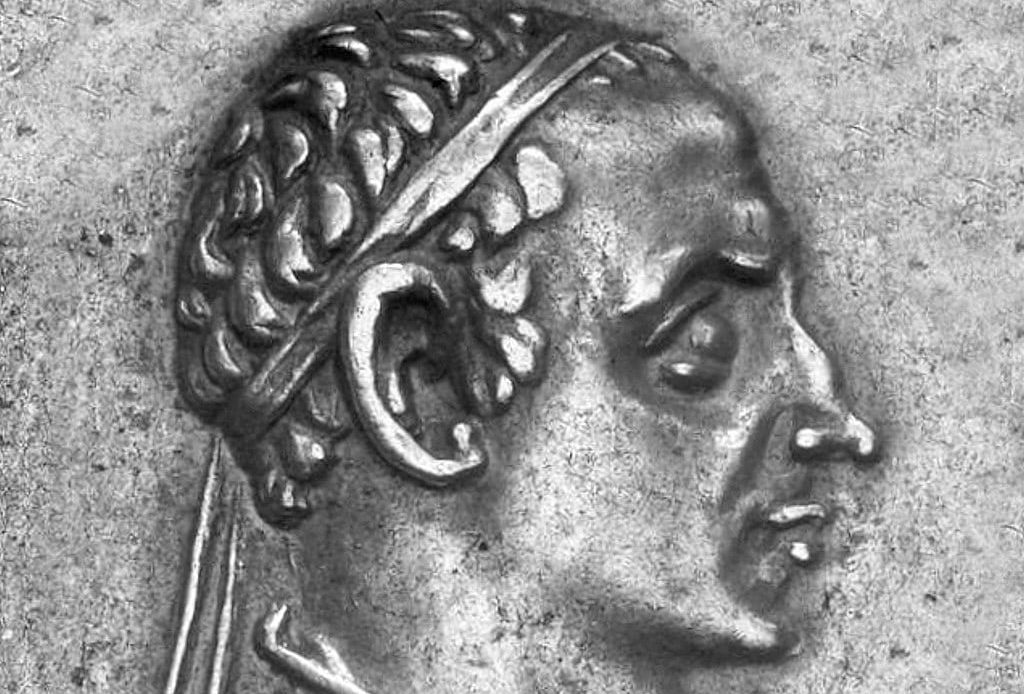
Gujarat is one of the most prosperous states in India, with a talented diaspora, known for its business acumen, spread throughout the Western World. Gujaratis have played an important role in global trade from the Persian Gulf to the Indian Ocean and beyond.
With Athens emerging as a major commercial center in the 5th Century BCE, the Athenian drachma undisputedly became one of the most powerful currencies. The ancient Indian currency, the dramma, is derived from the Greek drachma.
In India, the predominantly agricultural region of Gujarat Saurashtra was known as Saraostus by the Indo-Greeks, and the important port town of Indian Bharuch was known as Barygaza.
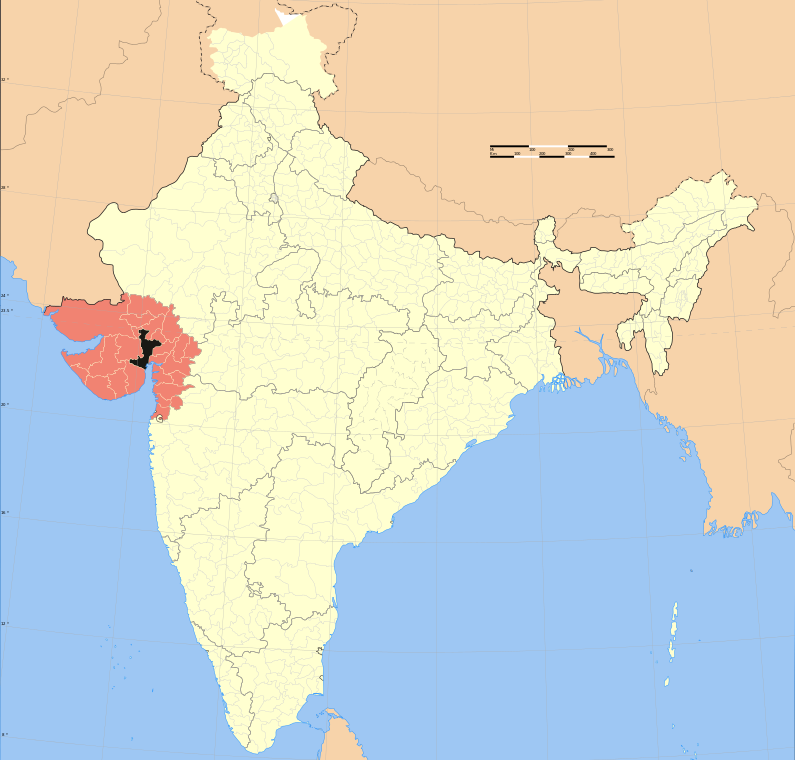
Greeks establish their rule over Gujarat
In about 150 B.C., the Bactrian Greeks are said to have ruled over Gujarat under Greek king Menander (Μένανδρος). Greek coins found from Saurashtra and South Gujarat are evidence of Greek rule over Gujarat. The Bactrian Greeks also had trade contracts with Rome until 40 A.D.
These Greeks arrived from Sind, overran Kutch and Saurashtra, and reached Bharuch by sea. Barygaza (Bharuch) and, presumably, Surat were the known limits of king Apollodotus’s advance southward into Kathiawar and parts of Gujarat.
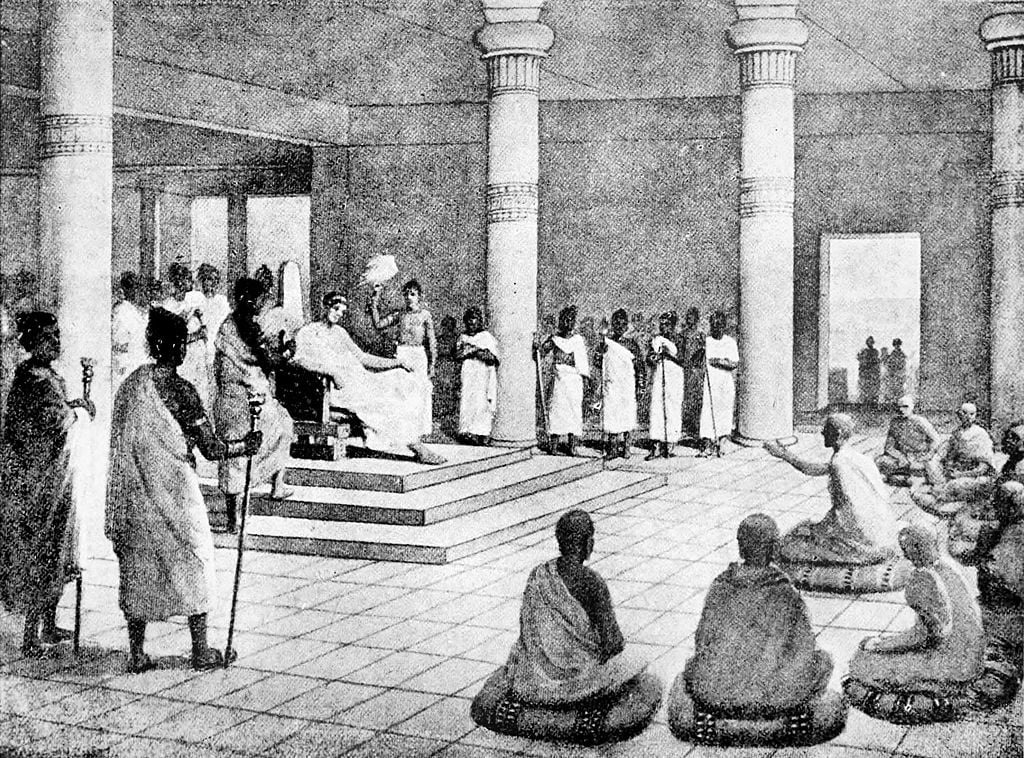
Khambat, a city in Gujarat, was originally known as Bhriggu-Kuchha and was under the rule of the Greeks, (called Yavanas by the people of India) assumed to be Bactrian-Greeks, who could have been displaced people from Bactria or allies of the Yueh-Chih Kushan. Furthermore, Khambat is also known for is its export of carnelian beads not only to Egypt but also parts of Southeast Asia.
The kingdom was eventually overthrown by Indo-Scythians followed by the Maurya Empire and Sakas.
Diu, an island which is now a union territory of India off the coast of Gujarat, was under the rule of Indo Greek kings Eukradites (c. 171-150 BC), Menandar (c. 115-90 BC), and Appollodotes II of the first century BC.
Greeks of Gujarat
Indo-Greek rule led to substantial Hellenization of Gujarat, which later influenced Saka-Kahatrapa rulers, including coins and general style of dress. Vadnagar is home to an Indo-Greek community called the Nagar Brahmins.
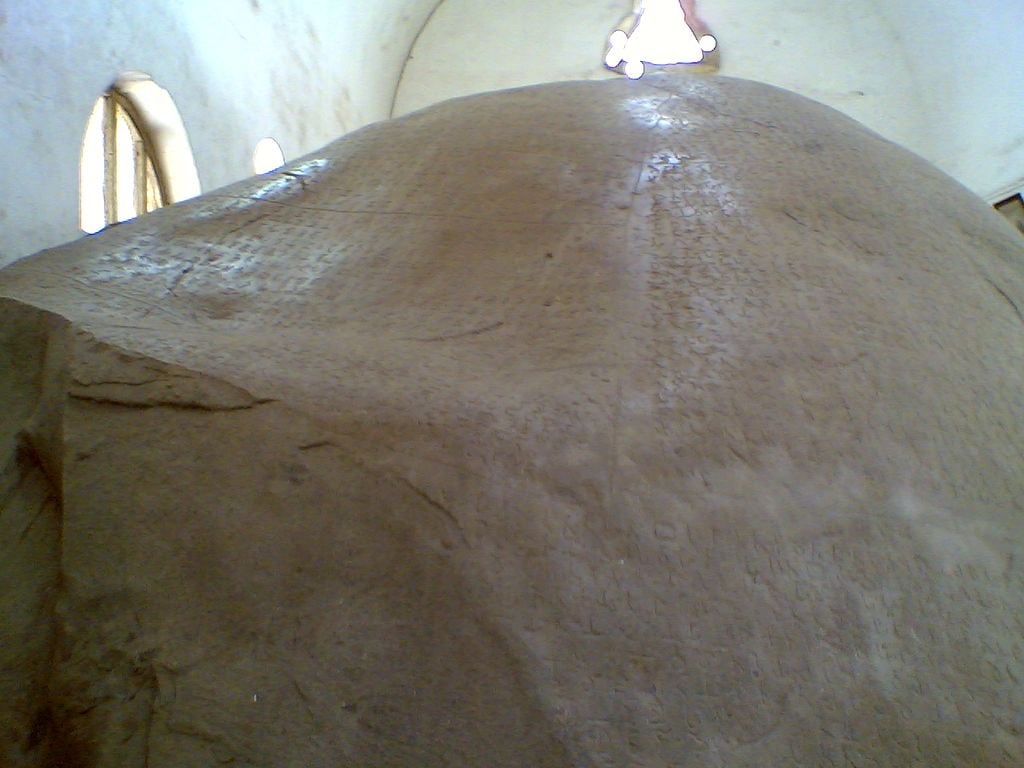
When Alexander invaded India, he arrived along with his army through Kashmir, and, upon returning, many Greek soldiers subsequently settled in the Kashmir region. They came into close contact with the Pundit community of Kashmir, and the people came to be known as Nagars.
They later migrated to other parts of the country. In terms of their intelligence and physique, Nagars and Greeks closely resemble each other. Shri Shambhuprasad Desai, a Nagar historian from Junagadh, a city of an old citadel of Greeks, claimed Nagars first came from Greece, Syria and the surrounding areas. Nagar Brahmins are devotees of Shiva and worship him in the form of Hatkeshwar Mahadev.
Apart from the Indo-Greeks of Kashmir who migrated to Gujarat, Alexander left many Indian representatives behind as well. All of his soldiers, entertainers, and artisans in his army were quite weary of the tiresome journey. They therefore remained in the conquered land.
It was the most fascinating city in that part of the world. Fair-skinned Greeks there settled down in the region and came into contact with other residents. The descendants of the mixed people of these lands are believed to be the Nagars. Thus, the Greek connection is still present in this part of Gujarat in Vadnagar.
Archaeological findings in Gujarat
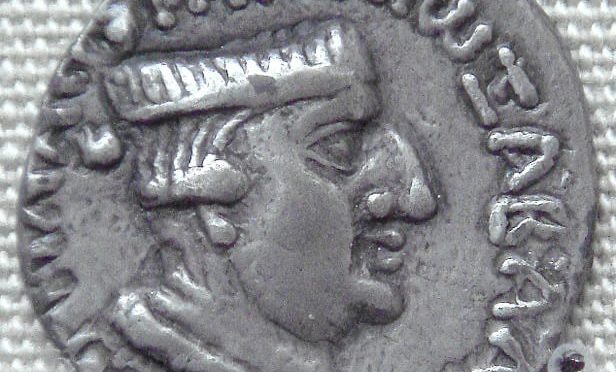
In the year 2003, an Indo-Greco settlement that was over two thousand years old was unearthed during construction work in the village of Nani Rayan in Gujarat. The Periplus of the Erythraean Sea, a 2,000-year-old navigation manual written by a Greek trader from Alexandria is thought to be the ancient mariner’s bible. It mentions Minnanagar as a river port situated between Barbaricum, a port city on the Indus, and Barygaza (Bharuch) in southern Gujarat.
Greeks most likely arrived with Alexander the Great and settled down to rule parts of northwestern India. They came to be known as the Indo-Greek Kshatrapas. During this particular time period, Gujarat was ruled by two houses of Kshatrapas, namely the Ksharat and Kardamaka. They were at constant war with the Parthians, another foreign tribe occupying northern Gujarat, for the control of the lucrative trading ports.
The Kshatrapas’ coinage contains images of Greek or pseudo-Greek legends, including royal busts on the obverse. After the possessions of the Mauryas were brought under Greek influence, the lands are believed to have become a Greek province based on the model of the Seleucid eparchies. A full satrapy was established there with a governor that reported only to the king.
The foundation of the Gujarat-Kathiawad coinage was probably laid by the Greeks. As Dr. Sankalia maintains, “the super-structure was built by the succeeding rulers. The age-old Indian word for price and money is ‘daam’ [which] was derived from ‘dramm’…[and] has [its] origins in drachma, Greece’s currency [until] the euro took hold in 2002. It is said the Greek currency was a very powerful [one] in Ancient Gujarat.”
On the eastern fringe of the harbor of Khambat with the Maheshwari flowing close by is a place called Hathab. Thousands of years ago, this idyllic spot was a bustling port city—referred to as Astakapra in the writings of Greek astronomer Ptolemy and the Peliplus of Erytharean Sea.
The military campaign of Antiochus in Gujarat
Saubhagasena, who ruled over the Gujarat kingdom in 206 B.C., when Antiochus, the Greek king of Bactria invaded the country, is said to have been the son of Virasena. Antiochus seemed to want to emulate Alexander the Great. However, in Saubhagasena, whom the Greeks call ‘Sophagasenus,’ he met a powerful rival. He therefore subsequently veered from his original intention.
Rather, Antiochus was content with the gift of elephants gifted to him by the Indian potentate. According to Polybius, Antiochus the Great:
…crossed the Caucasus (Hindukush) and descended into India; renewed his friendship with “Sophagasenus,” the king of the Indians; received more elephants, until he had 150 altogether, and having once more provisioned his troops, set out again personally with his army, leaving Androsthenes of Cyzicus, [and thus fulfilling] the duty of taking home the treasure which this king had agreed to hand over to him.
From Greece to Gujarat
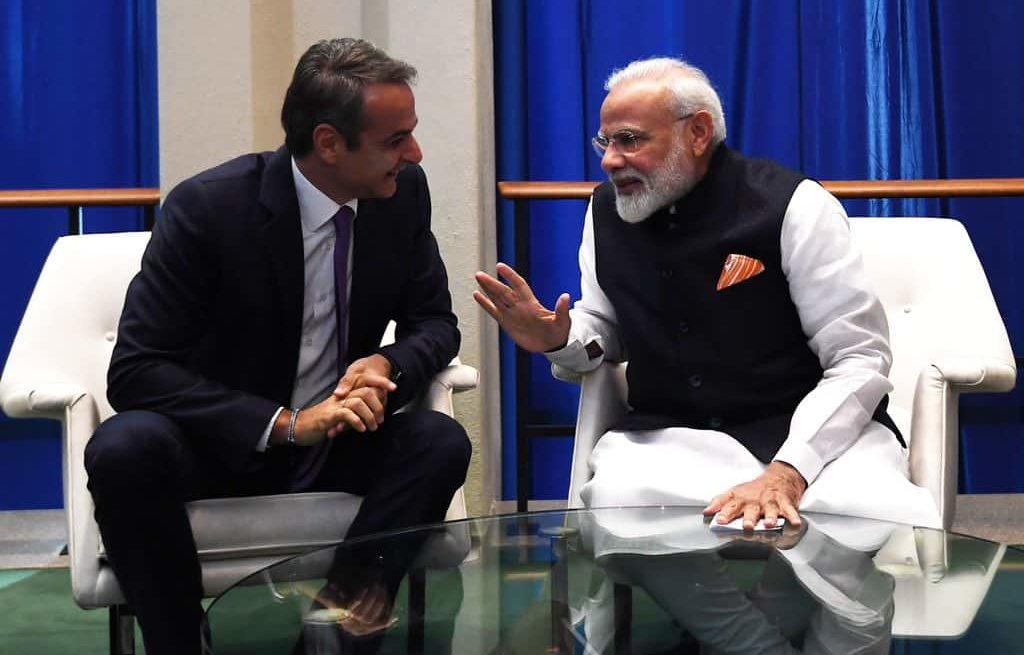
India has welcomed migrants from around the world for centuries. Gujarat, one of the most financially prosperous regions of India, is a glowing example of this. Many powers, including the Ancient Greeks and Ottoman Turks, have attempted to establish themselves in Gujarat. However, financially astute Gujaratis used foreigners they came in touch with to their own advantage.
When Portuguese explorer Vasco da Gama discovered the sea route from Europe to India in 1497, he had a Gujarati by his side as a guide. A Kutchi sailor, Kanji Malam, navigated the commander to Calicut from Malindi on the eastern African coast.
Gujaratis comprise a large portion of Indians residing abroad worldwide. Their amicable nature makes them ideal neighbors.
See all the latest news from Greece and the world at Greekreporter.com. Contact our newsroom to report an update or send your story, photos and videos. Follow GR on Google News and subscribe here to our daily email!



